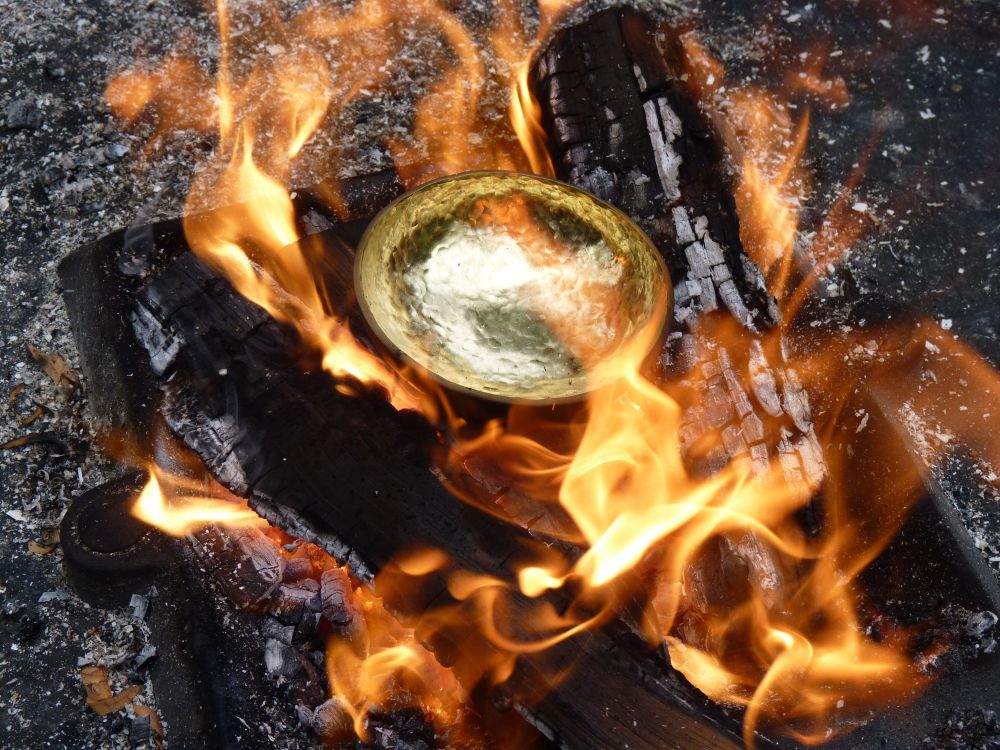
History of Singing Bowls
The Tibetan Singing Bowl is one of the most useful instruments. They are called as “resting bells”, “resting gongs”, “Tibetan singing bowls”, “meditation bowls”, “sound bowls”, “Tibetan bowls”, “Himalayan singing bowls”, Tibetan healing bowls”, “sound bowl”, “Tibetan sound bowls”, “Buddhist singing bowls”, “Tibetan bells”, “prayer bowls”, or simply “healing bowls”.
Singing Bowls are native to India, Tibet & Himalayan region. Singing Bowls have been in use in Great Vedic Civilization, Buddhist culture & Spirituality, Himalayas culture for centuries.
The first singing bowls were said to be made in Mesopotamia over 5,000 years ago. As such, singing bowls are believed to be one of the most ancient artisan crafts in human history.
According to Tibetan oral traditions, the existence of Singing Bowls dates back to 560-480 B.C.; the tradition was brought back from INDIA to TIBET, along with the teaching of Buddha by some great “Tantric” masters in the Tibetan region.
The very first singing bowls were said to be made of pure copper and produced for both medicinal and musical purposes. They were produced primarily inside the homes of the artisans. Knowledge about the metalwork was passed on from generation to generation, although eventually this knowledge chain was broken. Sometime later, singing bowls began to be made of brass, which is a combination of various earth metals, including copper. Some anecdotal references say that 2,000-year old brass singing bowls appeared in a Chinese region called Tibet at the dawn of the last century.
There is a slight variation depending on the information sources on what materials the bowls are made of; some sources mention metals corresponding to the 7 planets – gold (Sun), silver (Moon), mercury (Mercury), copper (Venus), iron (Mars), tin (Jupiter) and antimony (Saturn); others note nickel and zinc. Typically there are 3 kinds, contemporary, old and antique bowls. Good quality bowls are hand hammered, different wall thicknesses and sizes typically produce a variety of tones and harmonics. Each bowl has its own characteristics and wants to be explored.
Our standard membership provides access to our gym facilities during regular operating hours. This option is ideal for individuals who prefer independent workouts and want to make use of our state.
Our standard membership provides access to our gym facilities during regular operating hours. This option is ideal for individuals who prefer independent workouts and want to make use of our state.
Our standard membership provides access to our gym facilities during regular operating hours. This option is ideal for individuals who prefer independent workouts and want to make use of our state.
Working Hours
- Monday – Friday 1.00 – 2:00 pm
- Saturday 8.00 – 12:00 pm
- Sunday closed
